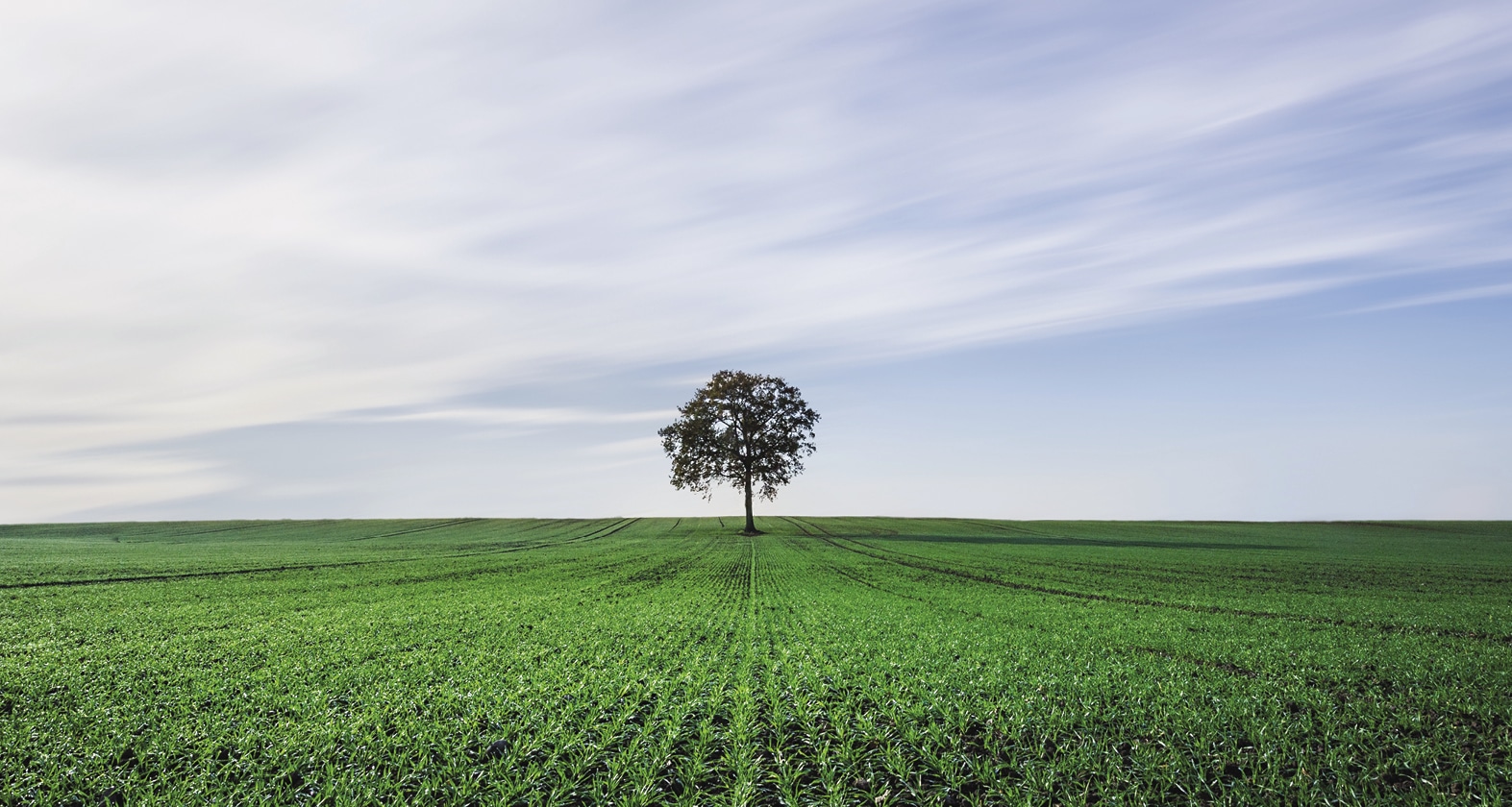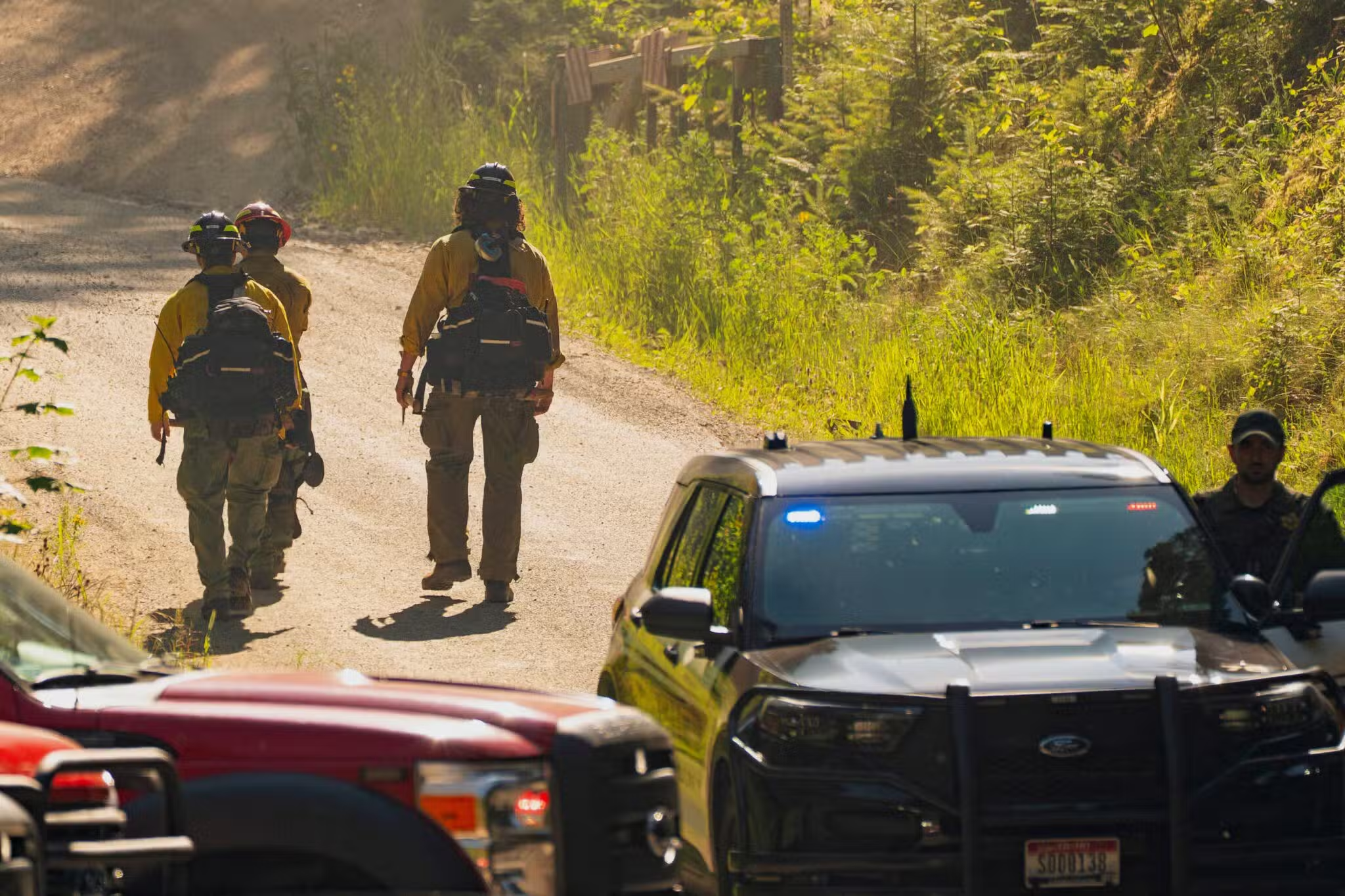We have a loneliness epidemic in the United States, according to Dr. Vivek H. Murthy, the US surgeon general. In his 2023 report, he wrote that we’re more isolated and disconnected from each other than ever before, and it’s taking a tremendous toll on our mental health.
As much as I agree with the surgeon general’s diagnosis, I also think it’s incomplete. Yes, we’re lonely because we’re disconnected from each other, and we absolutely need to address those social issues. But nowhere in the 82-page report is there mention of another fundamental source of loneliness: that modern life has left us radically disconnected from the natural world as well.
In my opinion, this form of loneliness affects our mental health just as much as our social disconnection. But it also causes us to exploit and abuse the rest of creation. And as we strip-mine it, deforest it, erode it, diminish its biodiversity, pave it over, overheat it, and fill it with our waste and pollution, it becomes harder and harder to be enchanted by the world—a vicious cycle. When was the last time you felt deeply connected to an industrial brownfield or a garbage dump?
It doesn’t have to be this way. For 99.9 percent of our existence as a species, we were finely tuned to our environment because it was the only way we could survive. To have severed our meaningful, regular connection to the rest of the world, as we’ve done in the past few thousand and particularly the past few hundred years, is to go against every bit of genetic and cultural inheritance that we accrued as a species over our long evolution. But deep in our biological and spiritual DNA, we still have that latent capacity to reconnect.
Short of a massive population crash, God forbid, we won’t solve our nature-loneliness dilemma by reverting to our hunter-gatherer ways. That option simply isn’t available to us anymore, especially because so many of us now live in urban environments, surrounded far more by human artifice than by natural wildness.
Leading the Way
But there are ways to heal our disconnection, and faith traditions like ours can lead the way. Our Scriptures describe a world in which mountains and hills break into song, and trees clap their hands to praise their maker. Jesus, in the 19th chapter of Luke, said that if his disciples were silenced, the very stones would cry out. The Bible paints a picture in which all of God’s creatures—even rocks and hills and rivers—sing in the chorus of creation: embodying God, revealing God, and praising God. The whole world is alive!
Likewise, Pope Francis has beautifully written about the interconnected, sacramental character of our world. In the Catholic imagination, God dwells within everything and is revealed in every part of the fabric of creation. Pope Francis’ namesake, St. Francis of Assisi, befriended birds and wolves and other creatures, and he called the moon his sister and the sun his brother. For him, everything was alive with God’s spirit, and he spent his life in ongoing conversation with these elements of creation.
It’s one thing to connect with nature’s sacred aliveness if you’re hiking in the Sierras. As I wrote above, however, most of us spend most of our lives surrounded on every side by humanly made things. We live in buildings, we drive in cars, we use smartphones nonstop. But here, too, our faith tradition shows us that connection is possible. Think about the reverence we have for the sacred objects of our liturgical life. We bow before the bread and wine that are both fruit of the earth and the work of human hands. We have special reverence for the chalices, patens, altars, and other humanly made objects that are part of our worship. But such sacramental objects can help us to discover the sacredness of other things as well.
St. Benedict, the father of monasticism, wrote in his Rule that even the everyday tools and utensils of the monastery should be treated with the same reverence and respect as the sacred vessels of the altar. Think about it: Every single humanly made thing we encounter is still made of God’s sacred earth. However much it’s been modified by human industry and technology, it’s still part of God’s creation and still carries that sacred life, that revelatory power. We just need eyes to see it.
Eyes to See
If we really want to escape the loneliness caused by our disconnection from God’s creation, we’ll need to recover the mystic’s vision of a St. Francis, a St. Hildegard of Bingen, a Thomas Merton, who saw clearly the sacredness of the living world. We can’t manufacture such a vision; it will always be a gift from God, and its form and timing will never be something we can predict or control.
But we can pray for such a gift, and we can hope for it. We can read and write poetry, appreciate and create fine art, make things with care and skill and love, all of which are wonderful ways to open our hearts to our kinship with the living world. Inspired by all of the Scripture references to living stones and to the altars made by Abraham and Jacob, I’ve been building a little cairn out in the woods behind our home with stones I find while hiking around our rugged property—one stone a day, every morning, as part of my prayer time.
We’re lonely not only because of our disconnection from each other, but also because we’ve become blind to our connection with God’s creation, in all of its sacred aliveness. But as the Gospels describe it, our Savior is pretty good at opening the eyes of the blind.
“Lord, please let me see!”
Explore the Mundane
As a spiritual practice, choose any mundane object that you use regularly—a toothbrush, a cutting board, a television remote. See if you can sense how all the elements that make it up were once part of the earth: ores, chemicals, plant fibers, etc. Can you feel the sacred aliveness in them?
If you tried the above exercise and can’t discern the spirit within the object, ask yourself: How did the making of this object preserve or extinguish its sacred aliveness and sacramental power? Let that question be one of the guides for what you purchase and use.








